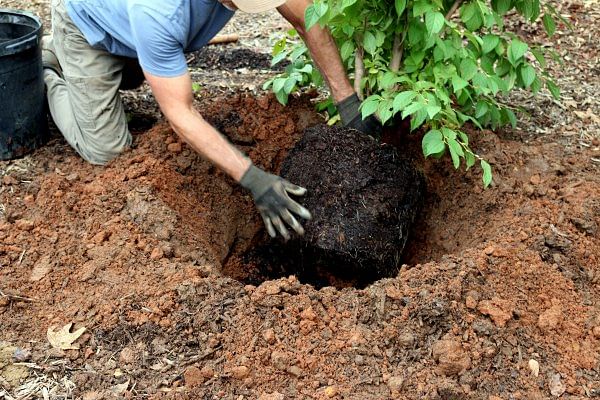1. Choose the Right Plant for the Right Place:
Before you even start planting, consider the plant's needs in terms of sunlight, soil type, and climate. Select plants that are suitable for your specific location to give them the best chance of success.
2. Prepare the Planting Hole:
The planting hole should be wide enough to accommodate the plant's root ball with some extra space around the edges. The depth of the hole should be roughly equal to the height of the root ball. Also, if your soil is poor or compacted, consider mixing in some organic matter like compost to improve its structure and fertility. This helps provide a healthy environment for roots to establish and grow.
3. Planting Depth:
The plant should be planted at the same depth as it was in its nursery container. Planting too deep or too shallow can stress the plant and affect its growth.
4. Mulching:
Apply a layer of mulch around the base of the plant (but not touching the stem) to conserve moisture, regulate soil temperature, and suppress weeds. Organic mulches like bark chips or shredded leaves are ideal.
5. Fertilizing:
Avoid applying fertilizer at the time of planting, as it can burn tender roots. Wait until the plant is established before starting a regular fertilization schedule.
6. Monitoring and Maintenance:
Keep an eye on your newly planted vegetation. Regularly check for signs of stress, pests, or diseases, and take prompt action if needed. Provide ongoing care, including pruning and shaping as necessary. By following these planting techniques, you can help ensure that your new plants establish themselves well and thrive in their new environment. Taking the time to plant correctly can lead to healthier, more beautiful plants that enhance your garden or landscape for years to come.
